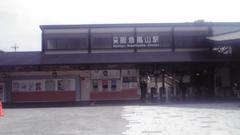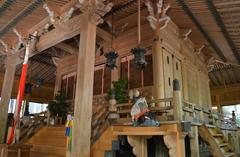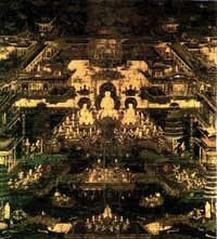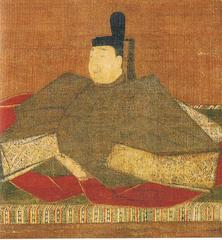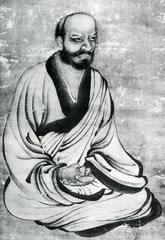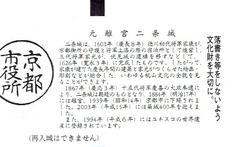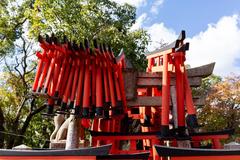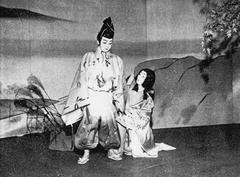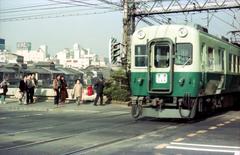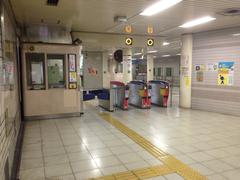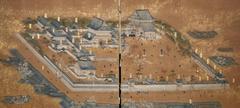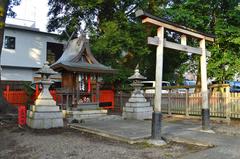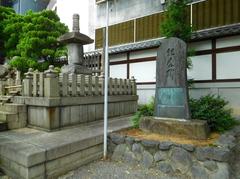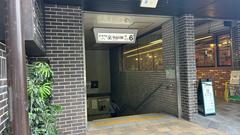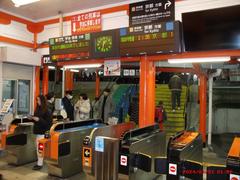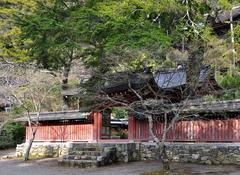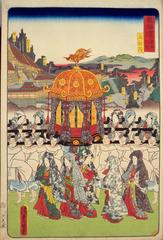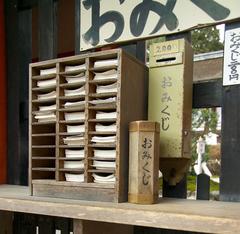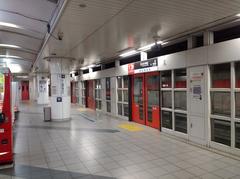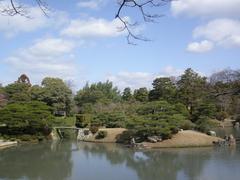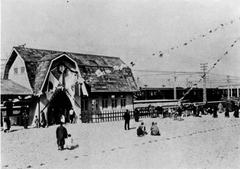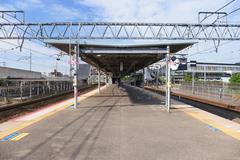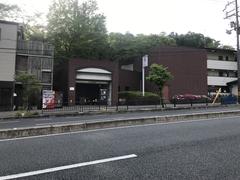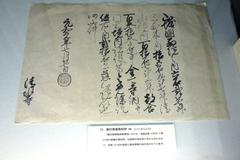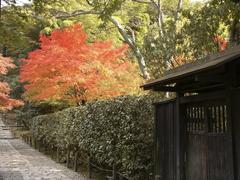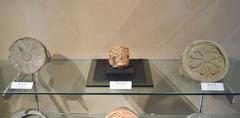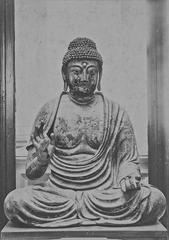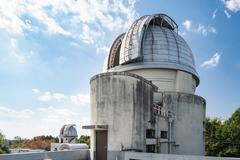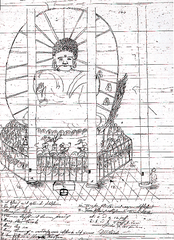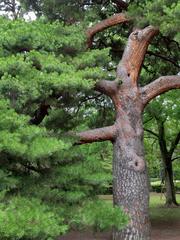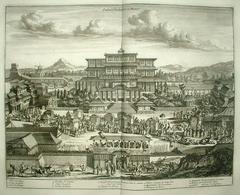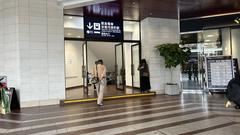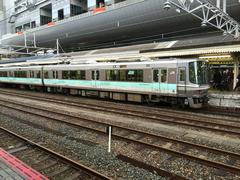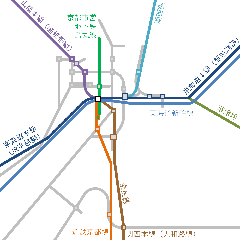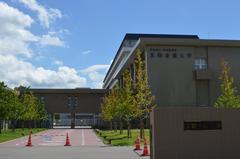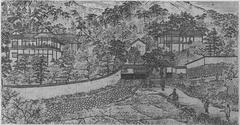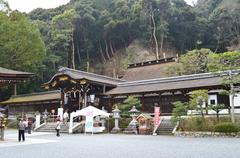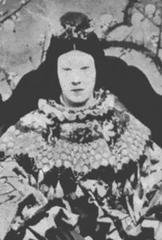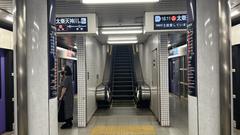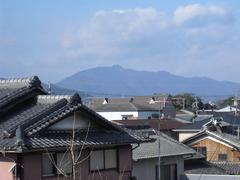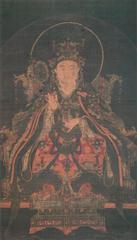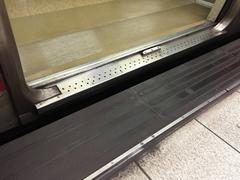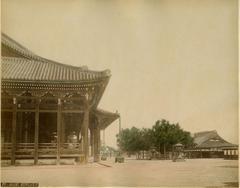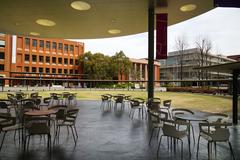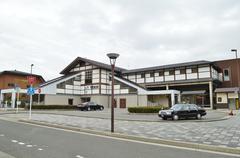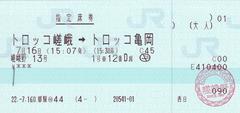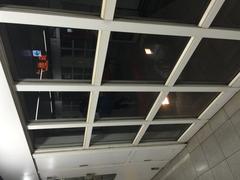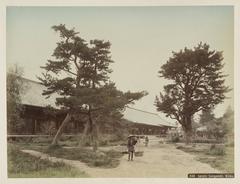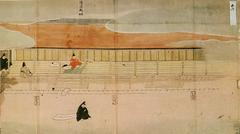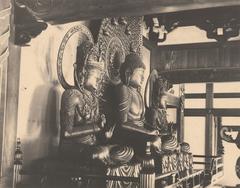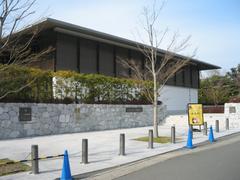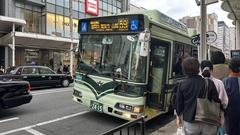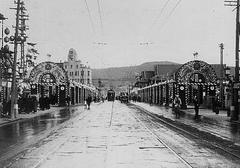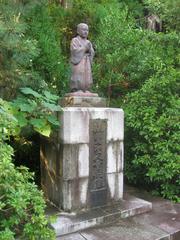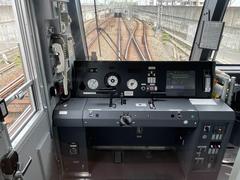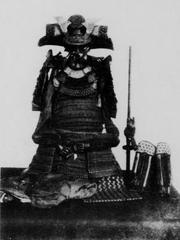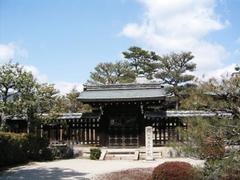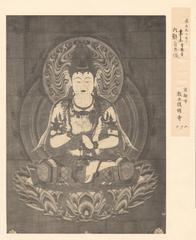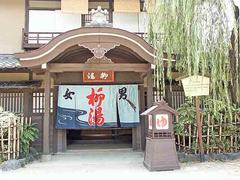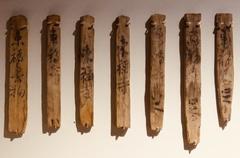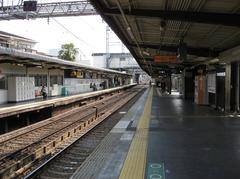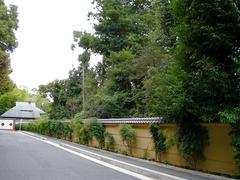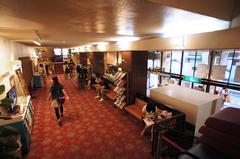
Complete Guide to Visiting Japanese Red Cross Society Kyoto Daini Hospital, Kyoto, Japan: Visiting Hours, Tickets, and Nearby Attractions
Date: 04/07/2025
Introduction
Kyoto Daini Hospital, operated by the Japanese Red Cross Society (JRCS), is a distinguished medical institution in Kyoto with deep historical roots and a modern approach to healthcare. Established during Japan’s postwar reconstruction, it exemplifies the Red Cross’s commitment to humanitarian service and public health in the Kansai region. This guide covers the hospital’s historical significance, practical visitor information—including visiting hours, appointments, accessibility—and highlights nearby attractions for a comprehensive view of this unique facility. Whether you are a patient, caregiver, traveler, or history enthusiast, this article will help you navigate your visit and appreciate the hospital’s pivotal role in Kyoto’s community and the broader international Red Cross movement (Japanese Red Cross Society).
Contents
- Introduction
- Origins of the Japanese Red Cross Society and Its Expansion in Kyoto
- Historical Development of Kyoto Daini Hospital
- Early Foundations and Postwar Growth
- Volunteerism and Community Engagement
- Modernization and Services
- Visitor Information
- Visiting Hours and Contact
- Appointments and Emergency Services
- Accessibility and Transportation
- Nearby Attractions
- Tours and Resources
- Role in Kyoto and the Red Cross Movement
- International Collaboration and Key Figures
- Frequently Asked Questions (FAQ)
- Conclusion and Further Resources
Origins of the Japanese Red Cross Society and Its Expansion in Kyoto
The Japanese Red Cross Society (JRCS) was founded in 1877, inspired by the principles of the International Red Cross Movement. Its mission—to protect life and human dignity—rapidly gained support nationwide. Kyoto’s status as a cultural and historical center made it an ideal location for expanding the JRCS’s medical network. The establishment of Kyoto Daini Hospital, part of broader postwar efforts, strengthened advanced healthcare and disaster preparedness in the Kansai region (Japanese Red Cross Society).
Historical Development of Kyoto Daini Hospital
Early Foundations and Postwar Growth
Following WWII, Japan faced a shortage of medical facilities and personnel. The JRCS, with support from domestic and international partners such as the American Red Cross, expanded its hospital network. The Red Cross Volunteer Corps, formalized in 1948, played a crucial role in supporting hospital operations and disaster relief (Japanese Red Cross Society). Kyoto Daini Hospital emerged as a core institution in this era, providing advanced care and training for healthcare professionals.
Volunteerism and Community Engagement
Volunteerism has been integral to the JRCS since the late 19th century. At Kyoto Daini Hospital, volunteers are involved in patient care, community outreach, and public health initiatives, including HIV/AIDS education and support for the elderly. The hospital also serves as a regional hub for Red Cross volunteer training and leadership development.
Modernization and Services
Today, Kyoto Daini Hospital is part of a nationwide network of over 100 Red Cross medical institutions. It offers comprehensive services across specialties such as surgery, internal medicine, pediatrics, emergency care, and rehabilitation. The hospital is equipped with advanced diagnostic tools (MRI, CT, digital X-ray), modern surgical suites, and conducts regular disaster preparedness drills with local authorities (Japanese Red Cross Society).
Visitor Information
Visiting Hours and Contact
- Typical Visiting Hours: 1:00 PM – 8:00 PM (may vary by ward or during public health emergencies; confirm in advance).
- Address: 1-1-1 Shimogamo, Sakyo-ku, Kyoto, Japan.
- Telephone: +81 75-231-5171
- Official Website: Kyoto Daini Hospital
Appointments and Emergency Services
- Outpatient Appointments: Recommended by phone or online; early arrival suggested for registration.
- Emergency Care: 24/7 walk-in emergency services available.
Accessibility and Transportation
- Wheelchair Access: Full wheelchair accessibility, ramps, elevators, and accessible restrooms.
- Parking: On-site parking with designated spaces for disabled visitors.
- Public Transportation:
- Train: Nearest is Demachiyanagi Station (Keihan/Eizan lines), approx. 10-minute walk.
- Bus: Convenient routes from Kyoto Station and city centers.
- Google Maps Location
Nearby Attractions
- Shimogamo Shrine: UNESCO World Heritage site nearby.
- Kamo River: Ideal for scenic walks.
- Kyoto Imperial Palace and Nijo Castle: Easily accessible for cultural exploration.
Tours and Virtual Resources
- No regular public tours; however, occasional community health events and exhibitions are held. Virtual tours and informational videos may be available on the hospital’s and JRCS’s official websites or social media channels.
Role in Kyoto and the Red Cross Movement
Kyoto Daini Hospital is a model of the JRCS’s ongoing mission: combining advanced medical care with humanitarian outreach and disaster preparedness. With over 150,000 individual and 80,000 corporate JRCS members nationwide, and a robust volunteer corps, the hospital addresses diverse community needs, from childcare and eldercare to public health education (Japanese Red Cross Society).
International Collaboration and Key Figures
The hospital’s growth has been shaped by local and international cooperation, especially with the American Red Cross during the postwar era. Kyoto Daini Hospital continues to participate in international disaster relief, public health, and medical training programs, reinforcing global Red Cross values (Japanese Red Cross Society).
Frequently Asked Questions (FAQ)
Q1: What are the visiting hours?
A1: Generally 1:00 PM to 8:00 PM, but check with the hospital for ward-specific or updated hours.
Q2: How do I make an appointment?
A2: By phone or online via the hospital website.
Q3: Is the hospital accessible to people with disabilities?
A3: Yes, with ramps, elevators, accessible restrooms, and parking.
Q4: What services are available?
A4: Surgery, internal medicine, pediatrics, emergency care, and more.
Q5: Is English support available?
A5: Telephone interpretation and volunteer interpreters (English, Chinese, Korean, Spanish, Portuguese) may be available. Confirm in advance.
Q6: How do I pay for services as an international patient?
A6: Upfront payment in cash is expected; credit cards are rarely accepted. Most foreign insurances are not accepted directly.
Additional Tips for International Visitors
- Bring a Japanese-speaking companion if possible.
- Carry your passport, insurance documents, and a list of medications/allergies.
- Use the Japan National Tourism Organization’s medical search tool for facilities with English-speaking staff.
Conclusion
Kyoto Daini Hospital is more than a medical facility—it is a testament to Japan’s humanitarian spirit and healthcare excellence. By blending historical significance with modern services, it serves both the local community and international visitors. For the latest updates, visitor guidelines, and health tips, consult the hospital’s official website and consider downloading the Audiala app.
Related Articles
Nijo Castle Kyoto: History, Tickets, Hours & Tips
Overview
Nijo Castle is a UNESCO World Heritage Site and one of Kyoto’s most significant historical landmarks. Built in 1603 by Tokugawa Ieyasu, it features the famous Ninomaru Palace with “nightingale floors,” beautiful Japanese gardens, and impressive fortifications.
Visitor Information
- Location: 541 Nijojocho, Nakagyo Ward, Kyoto
- Access: Tozai Line to Nijojo-mae Station (Exit 2), or city buses 12, 101, and 202.
- Hours: 8:45 AM – 5:00 PM (last entry 4:00 PM), closed Tuesdays and New Year holidays.
- Admission: Adults 1,030 yen; Seniors 350 yen; Children free; guided tours and combined tickets available.
- Official Site: Nijo Castle
Tips
- Visit during cherry blossom or autumn foliage for the best experience.
- Photography is allowed in most areas, but restricted indoors.
- The grounds are wheelchair accessible; some interiors are not.
FAQs
- Online tickets? Yes, via the official website.
- English tours? Yes, guided and audio tours available.
- Special events? Seasonal events and illuminations occur regularly.
Summary and Final Tips
Kyoto Daini Hospital, under the Japanese Red Cross Society, fuses a historic legacy with advanced healthcare and community outreach. Whether you need medical services or want to understand Japan’s approach to compassionate care, this hospital provides a unique window into Kyoto’s past and present. For a well-rounded visit, take advantage of accessible transportation, nearby cultural attractions, and official information sources. Always check current policies and consider exploring virtual resources for the most up-to-date visitor guidance (Japanese Red Cross Society).
Sources and Official Links
- Japanese Red Cross Society – Member Activities
- Kyoto Daini Hospital Official Website
- Japan National Tourism Organization – Medical Institution Guide
- Nijo Castle Official Website (Kyoto City)
- Kyoto Travel Guide: Nijo Castle
- UNESCO World Heritage: Historic Monuments of Ancient Kyoto


